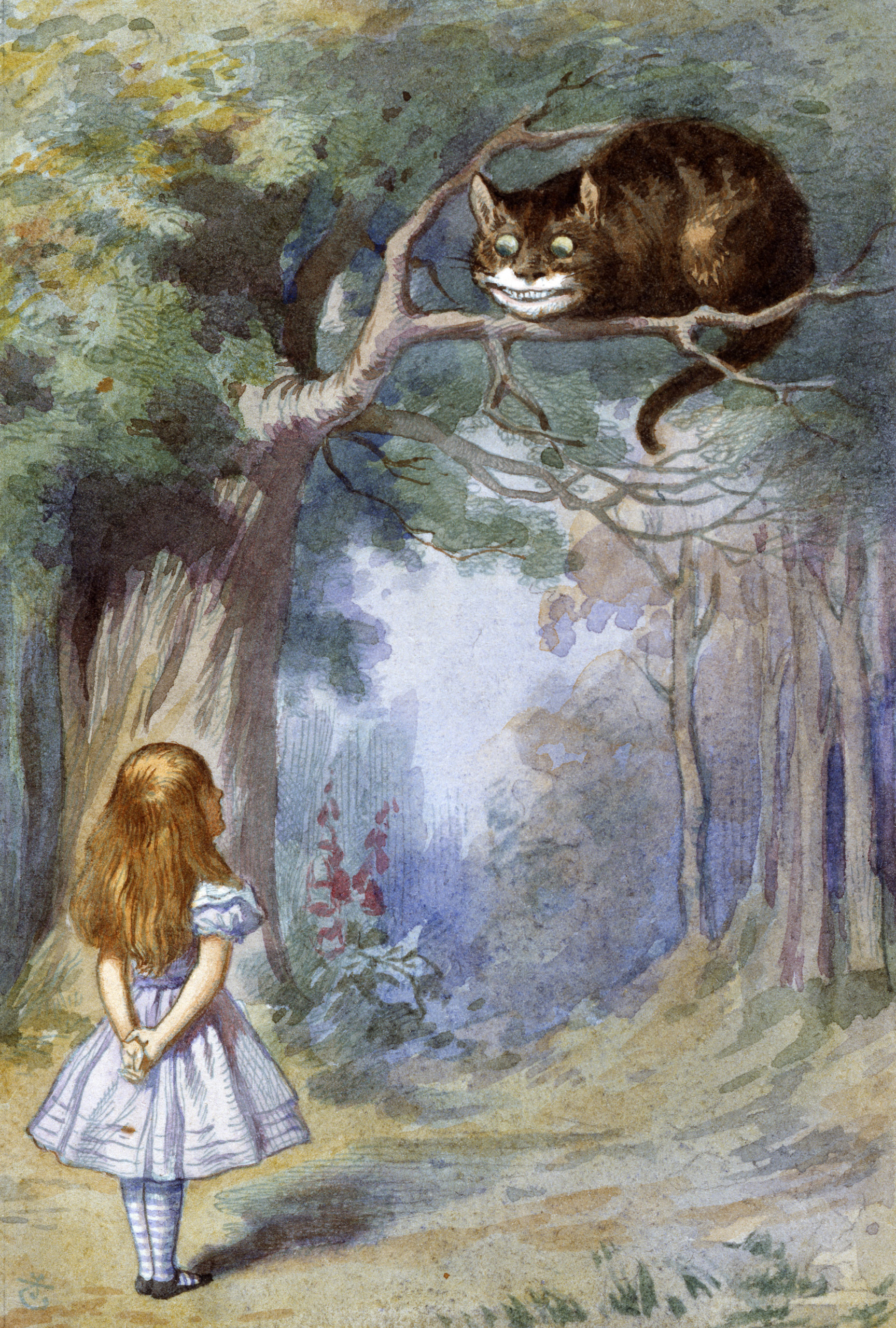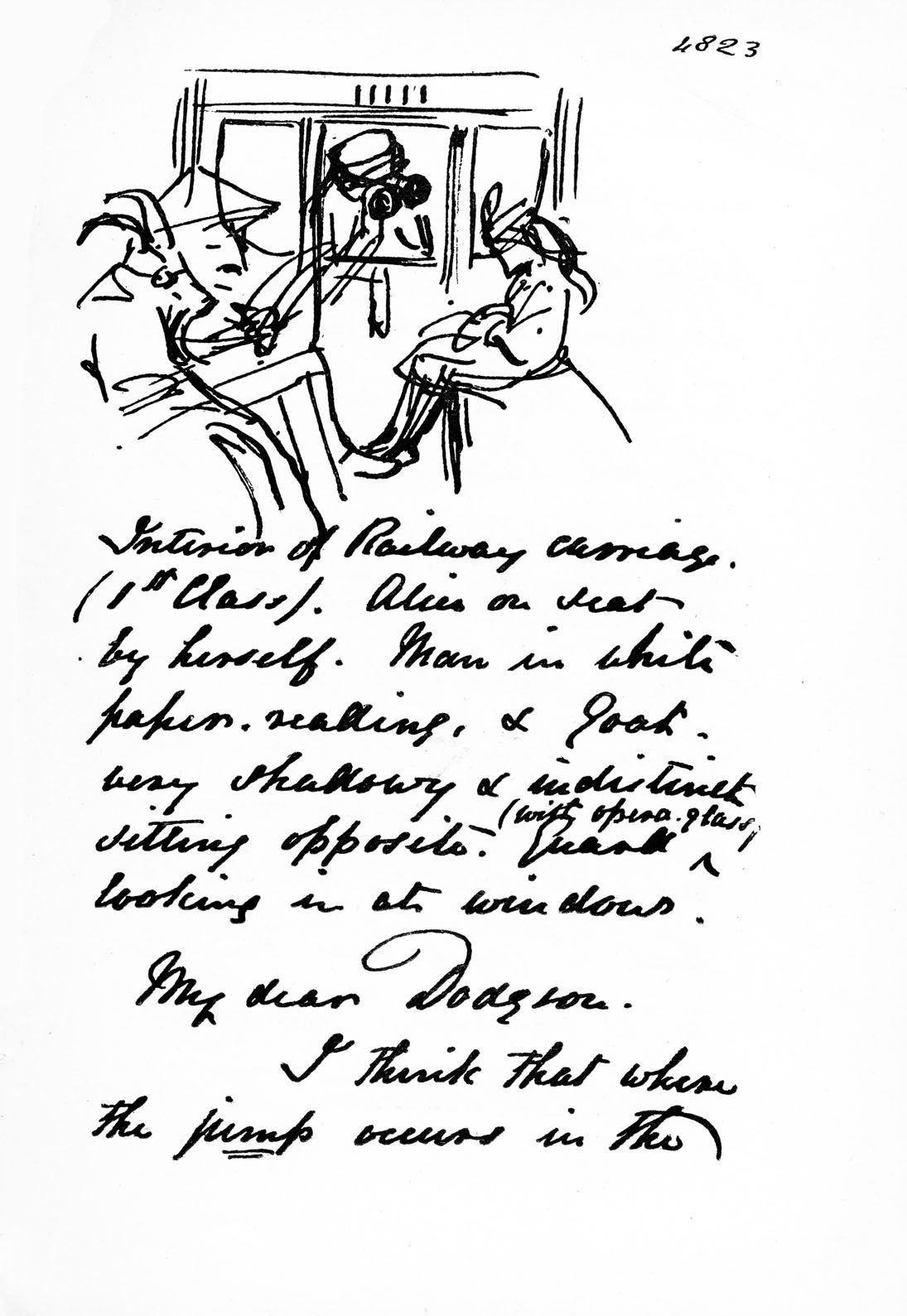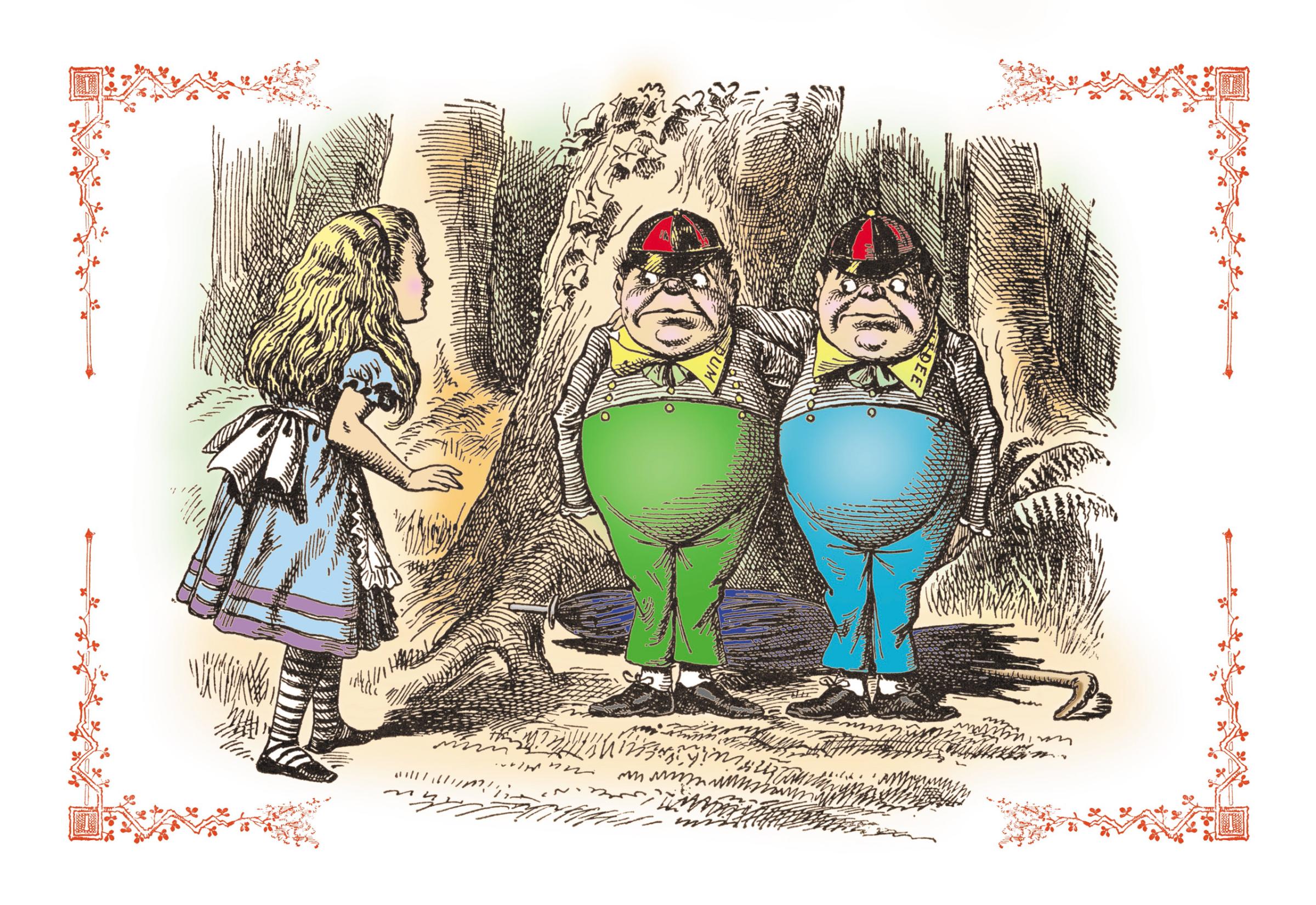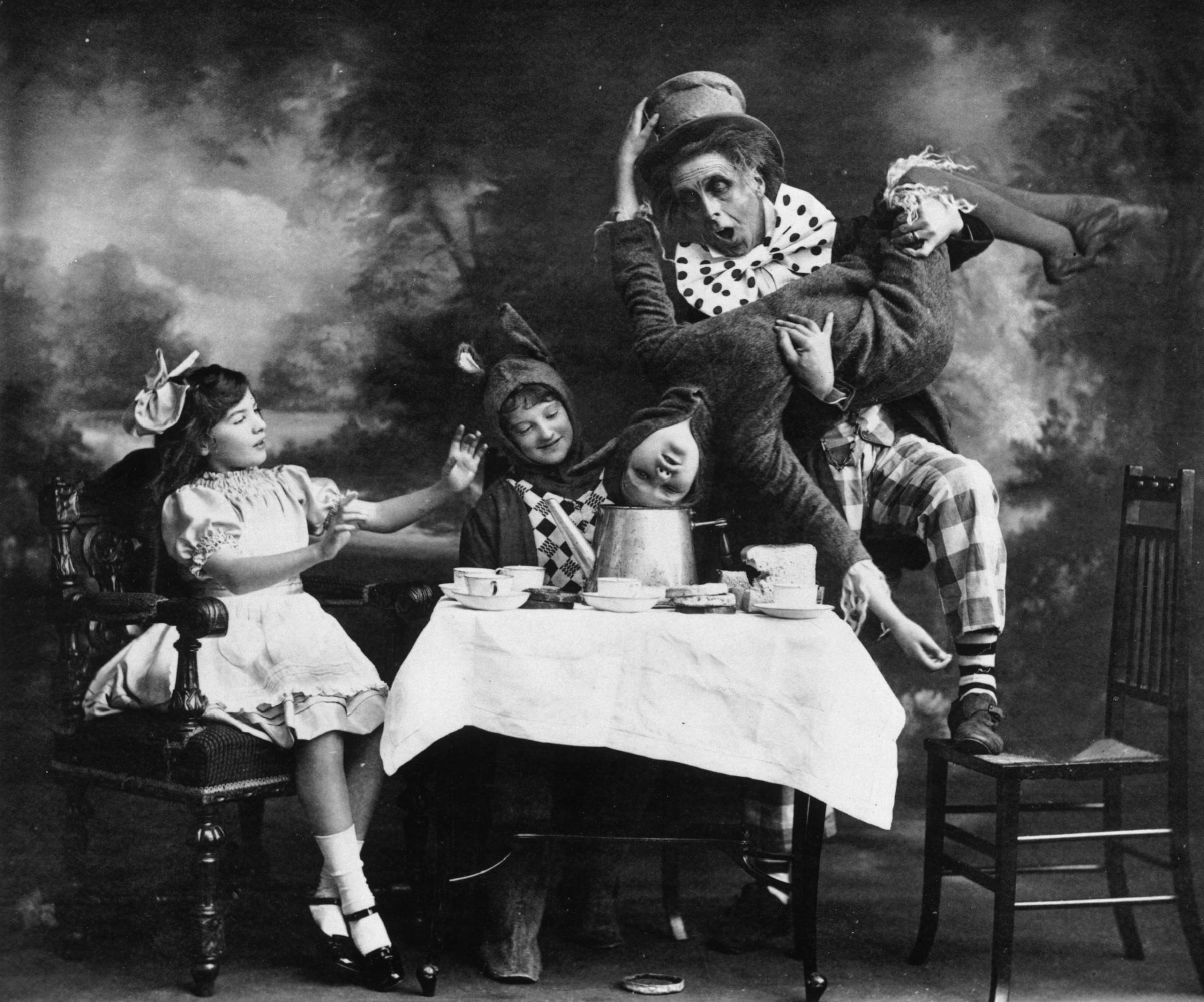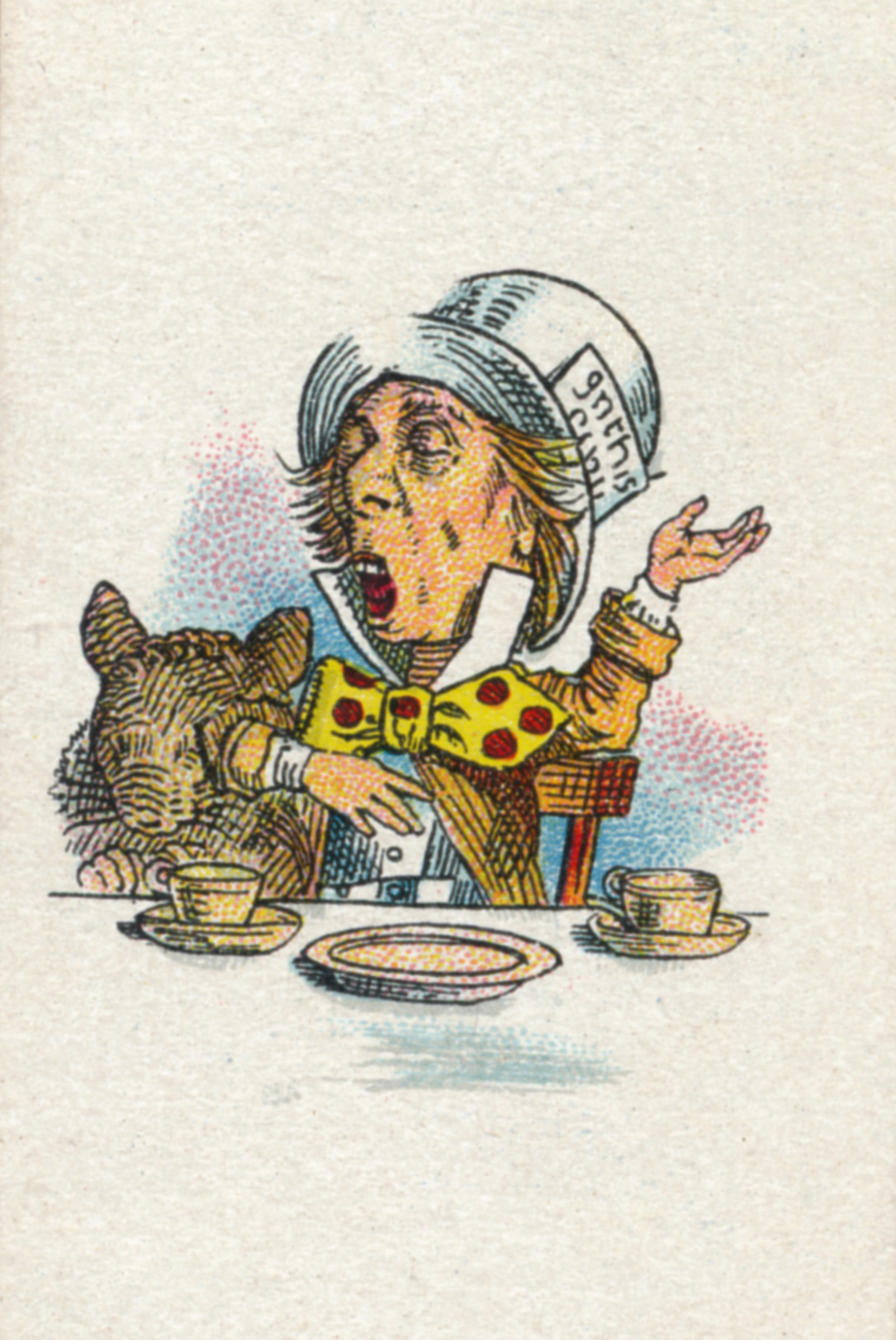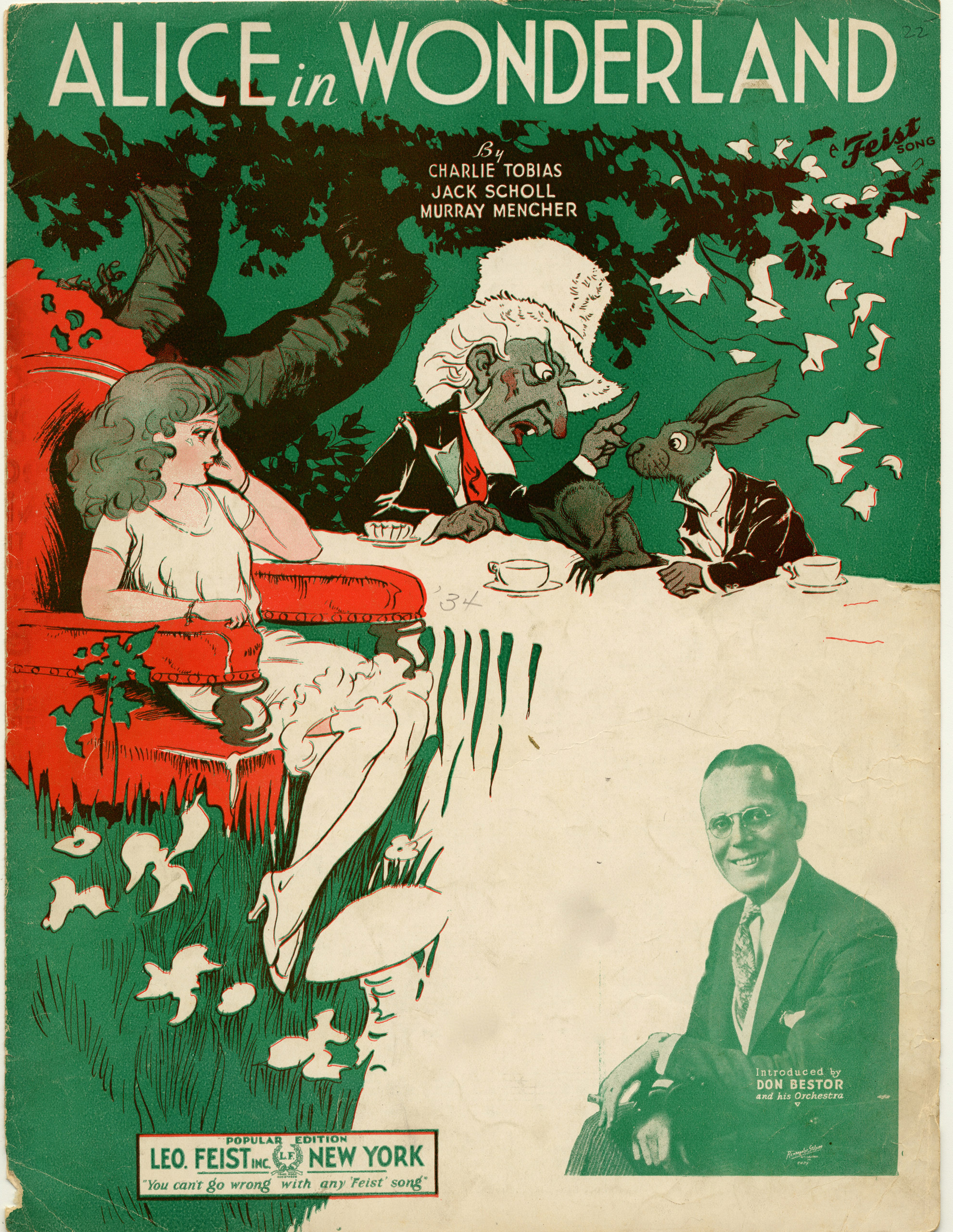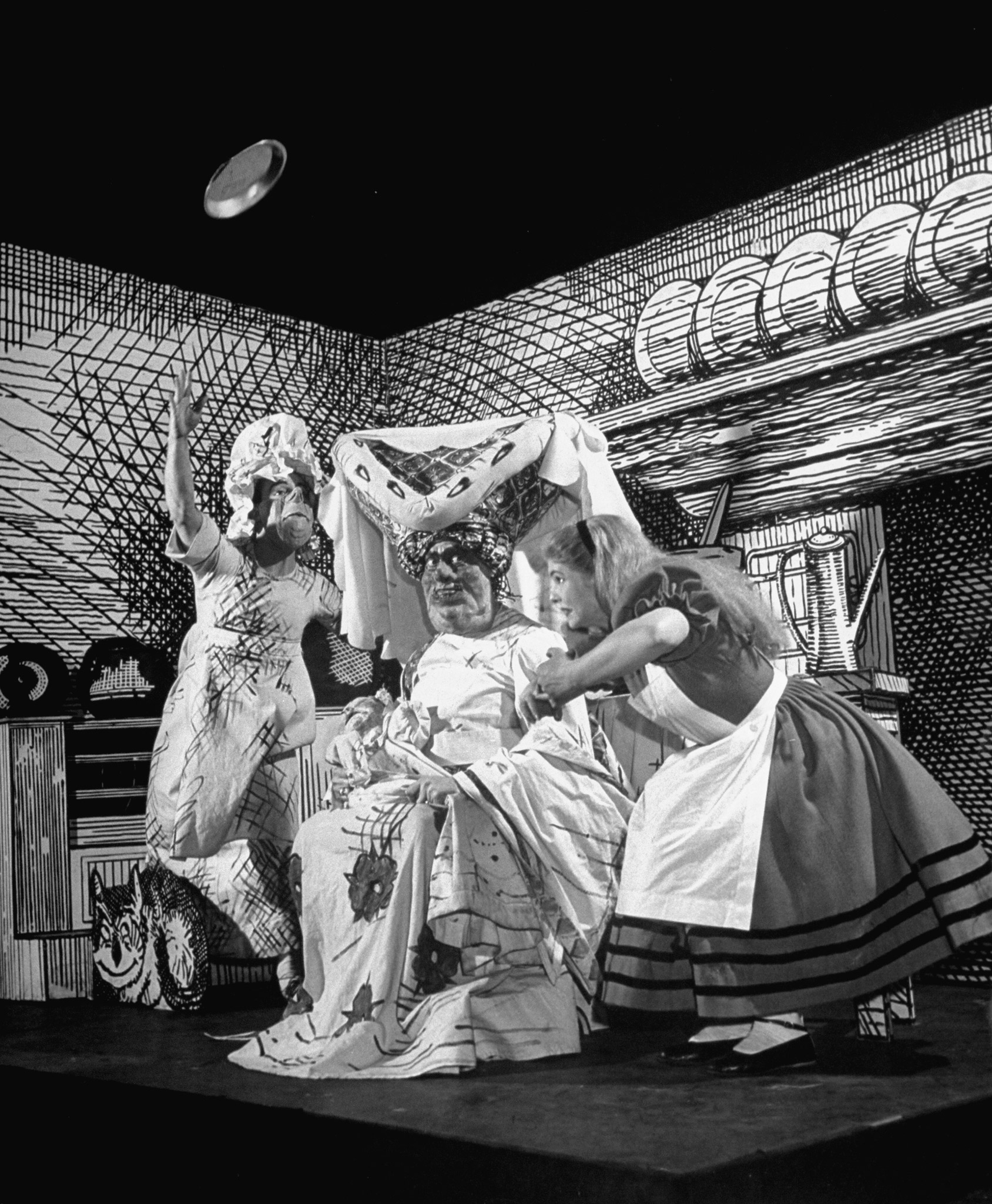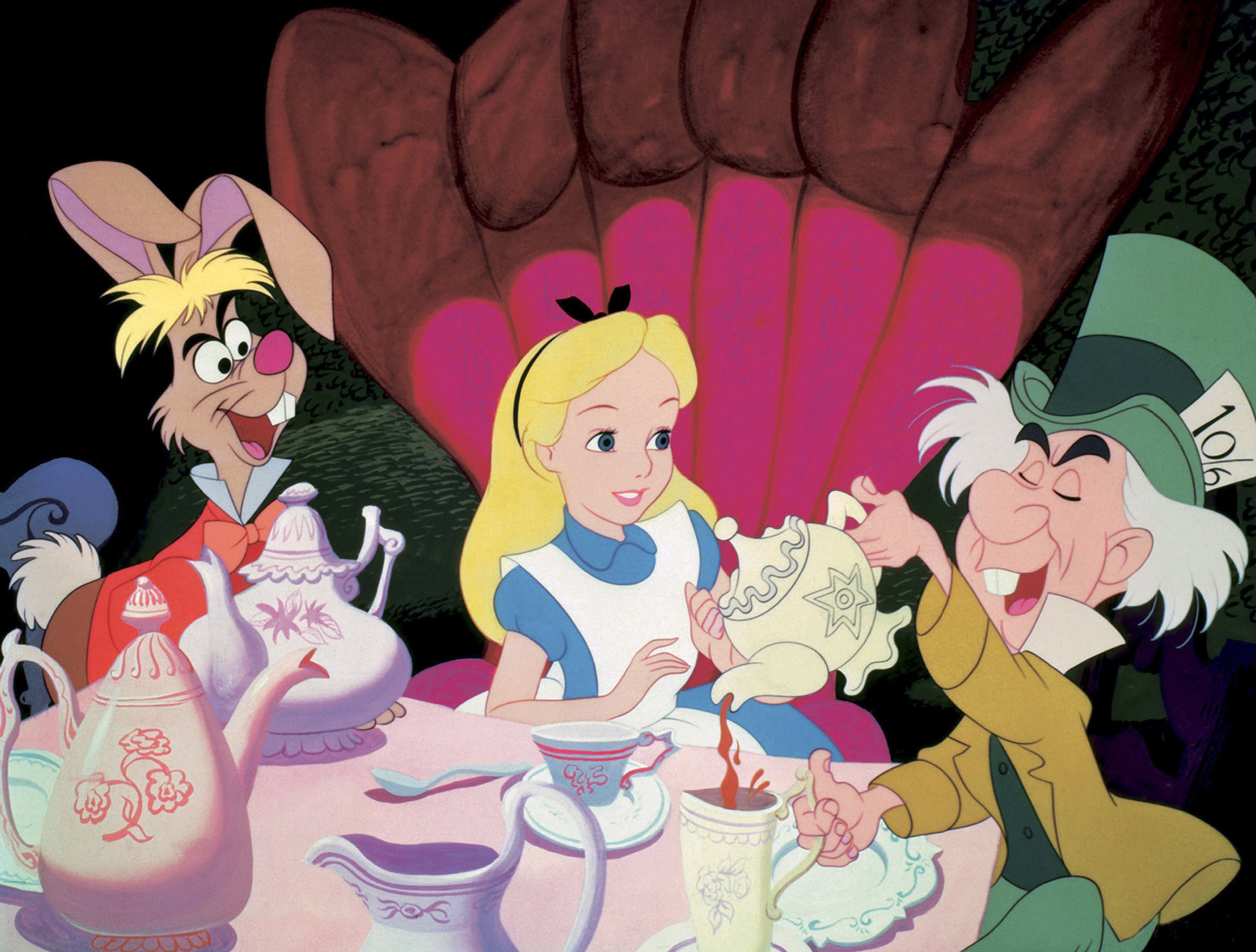Updated: July 2, 2015 3:30 PM [ET] | Originally published: June 29, 2015 7:00 AM EDT ;
I t was precisely 150 years ago this week—on July 4, 1865—that the world first met a very special girl, who in the decades since has taught countless readers (and movie- and theatergoers) about the importance of believing in the impossible.
Photograph of Lewis Carroll, 1863. Oscar Gustav Rejlander—The Morgan Library & Museum Charles Dodgson, better known by his pseudonym Lewis Carroll, had taken a boat trip exactly three years earlier, on July 4, 1862, with a group that included a girl named Alice Liddell . Liddell was a daughter of the Dean of Christ Church at Oxford, where Dodgson was studying mathematics. (Some people have questioned the nature of Carroll’s relationship with Alice, although there appears to be little firm evidence that it was not benign.) As the Lewis Carroll Society tells it, it was on that outing that he began to tell the story of another Alice, who found her way to a magical place underground. The character’s real-life inspiration loved the story and asked him to write it down for her, which he did.
That story became Alice’s Adventures in Wonderland , which was published in a very limited run by Macmillan on July 4, 1865, with illustrations by John Tenniel. A few weeks later, Tenniel announced that he didn’t like the quality of the first printing and asked to have the edition withdrawn. The book didn’t become more widely available until that holiday season, but according to the University of Florida libraries —which hold a collection of editions of the work—it was from the July 4 printing that Alice Liddell was given her very own copy of the book she helped bring into the world. July 4 is celebrated throughout Oxford as Alice’s Day .
Many other museums, libraries and groups will also celebrate Alice ‘s birthday this week; one of the Tenniel illustrations in the gallery above, for example, can be seen at the new exhibit Alice: 150 Years of Wonderland
In the 150 years since John Tenniel’s illustrations first helped the world imagine Alice, depictions of the character have evolved—but she has never lost her sense of wonder.
Writers on Their Favorite Young Adult Books Laura Hillenbrand, Author of Unbroken .
"Come on Seabiscuit Bill O'Leary—The Washington Post/Getty Images James Patterson, Author of Along Came a Spider .
"As a kid, Peter Pan Brian Harkin—MCT/Getty Images Michael Lewis, Author of
Flash Boys .
“As a kid I lived on a steady diet of The Hardy Boys Archie Lucas Jackson—Reuters/Corbis Jesmyn Ward, Author of Men We Reaped .
"When I was around eight or so, I discovered The Hero and the Crown Ulf Andersen—Getty Images Dave Eggers, Author of A Hologram for the King .
"Barbara McClintock's
Adèle & Simon Tina Fineberg—AP Curtis Sittenfeld, Author of
Sisterland .
“I've always loved the George and Martha Haraz Ghanbari—AP Jennifer Weiner, Author of All Fall Down .
"One of the joys of motherhood is getting to re-discover the books I loved as a girl by handing them to—and occasionally forcing them upon—my daughters. Recently, my seven-year-old and I have worked our way through the Little House on the Prairie Chris Pizzello—AP Ann Brashares, author of
The Sisterhood of the Traveling Pants .
"The Great Brain The Great Brain series recounts the mischief and miracles wrought by Tom Fitzgerald through the eyes of his ordinary-brained younger brother John. You idolize Tom's brilliance—his schemes make him more powerful and exciting than anybody else—but you can't escape his selfishness or his greed. I think as a kid I appreciated liberation from the regular moral categories."Katy Winn—Corbis John Irving, Author of
The Cider House Rules .
"The Doubtful Guest Aaron Vincent Elkaim—AP Matthew Quick, Author of
The Silver Linings Playbook .
“Although I can't recall the title of a single edition, I remember reading and loving many Choose Your Own Adventure Richard Vogel—AP Adelle Waldman, Author of
The Love Affairs of Nathaniel P .
“As a teenager, my favorite author, hands down, was Norma Klein, whom I would describe as Judy Blume for a slightly older set—or Woody Allen for a younger set. Klein wrote wry, psychologically acute novels about the romantic lives of smart New York teenagers. With intelligence and humanity, Klein describes crushes, relationships, sex, breakups and complicated friendships. Equally intriguing to me was the milieu. As someone growing up in the suburbs—who had little to do for fun but go to the mall or the multiplex—the New York Klein described was a revelation: kids took the subway to museums, walked around the Village and saw old movies at art house theaters. I live in New York today, in large part because Norma Klein’s books. She was very prolific until her death in 1989, but for a good taste of her work, try Domestic Arrangements Ulf Andersen—Getty Images Andy Cohen, Author of
The Andy Cohen Diaries .
“I loved the Encyclopedia Brown The Hardy Boys Charles Sykes—AP Gillian Flynn, Author of
Gone Girl .
“The Westing Game M. Spencer Green—AP Jerry Spinelli, Author of
Maniac Magee .
"When I was 12 I thought breaking a tackle in sandlot football was the hardest thing a person could do. And then I read Kon-Tiki Courtesy of Penguin Random House Simon Doonan, Author of
The Asylum: True Tales of Madness from a Life in Fashion .
“The most mind-expanding tome is still Alice's Adventures in Wonderland Jemal Countess—Getty Images Dick Cavett, Author of
Brief Encounters .
"I’m told I began reading at age three. I soon fell deeply in love with Rufus M. Richard Shotwell—Invision/AP Martin Amis, Author of
The Zone of Interest .
"I must have read
Goodnight Moon Pako Mera—AP Alice Liddell (1852 - 1934), the inspiration for Lewis Carroll's fictional character Alice, posing in 1858. Lewis Carroll—Getty Images The original manuscript titled Alice's Adventures Under Ground , Sept. 13, 1864. The British Library Board Alice drawn c.1862., as seen in the original manuscript of Lewis Carroll's Alice in Wonderland showing Alice curled up as she grew and grew. His drawings, including this one, were closely copied by Sir John Tenniel for his illustrations to the first edition of 'Alice in Wonderland.' Mary Evans/© Illustrated London News Ltd/Everett Collection Illustration by John Tenniel, 1885. Steven H. Crossot—The Morgan Library & Museum Cheshire Cat, from Alice in Wonderland by Lewis Carroll, with Illustrations by John Tenniel. Derek Bayes/Lebrecht Music & Arts—Corbis The dodo presenting Alice with a thimble, in an illustration by Tenniel from the first edition of Alice in Wonderland. Hulton Archive—Getty Images An ad for Sidney Ord Jam Sandwich Biscuits from the 1890s, with a depiction of Alice. History of Advertising Trust—Heritage Images/Getty Images John Tenniel's letter to Lewis Carroll on June 1, 1870, with description of his illustration ideas for Through the Looking Glass , the sequel to Alice in Wonderland.
Culture Club—Getty Images Illustration of Tweedledum and Tweedledee by Sir John Tenniel, circa 1900, from Through the Looking Glass . Buyenlarge—Getty Images Alice Barth as the Duchess in a production of Lewis Carroll's Alice in Wonderland at the Vaudeville Theatre in London, circa 1900. Hulton-Deutsch Collection—Corbis The Mad Hatter's tea party, a scene from a London theatre production of Alice In Wonderland , circa 1910. Hulton Archive—Getty Images Alice in Wonderland , with Alice played by Viola Savoy in 1915.Courtesy Everett Collection The Mad Hatter from Lewis Carroll's Alice in Wonderland , after an illustration by John Tenniel, color printed by Edward Evans, from the Alice in Wonderland series of cigarette cards produced by Carreras Limited, 1930. The Print Collector—Getty Images A scene from the 1933 movie, Alice in Wonderland. Alice is played by Charlotte Henry. Corbis Cover of the sheet music for Alice in Wonderland , by Tobias, Scholl & Mencher, showing Alice sitting in a chair as the Mad Hatter exhorts a rabbit, 1933. Buyenlarge—Getty Images Actress Bambi Linn as Alice in Alice in Wonderland , 1947. Eileen Darby—The LIFE Images Collection/Getty Images A scene from the Walt Disney film Alice in Wonderland , 1951. Walt Disney Pictures/courtesy Everett Collection More Must-Reads From TIME The 100 Most Influential People of 2024 Coco Gauff Is Playing for Herself Now Scenes From Pro-Palestinian Encampments Across U.S. Universities 6 Compliments That Land Every Time If You're Dating Right Now , You're Brave: Column The AI That Could Heal a Divided Internet Fallout Is a Brilliant Model for the Future of Video Game Adaptations Want Weekly Recs on What to Watch, Read, and More? Sign Up for Worth Your Time 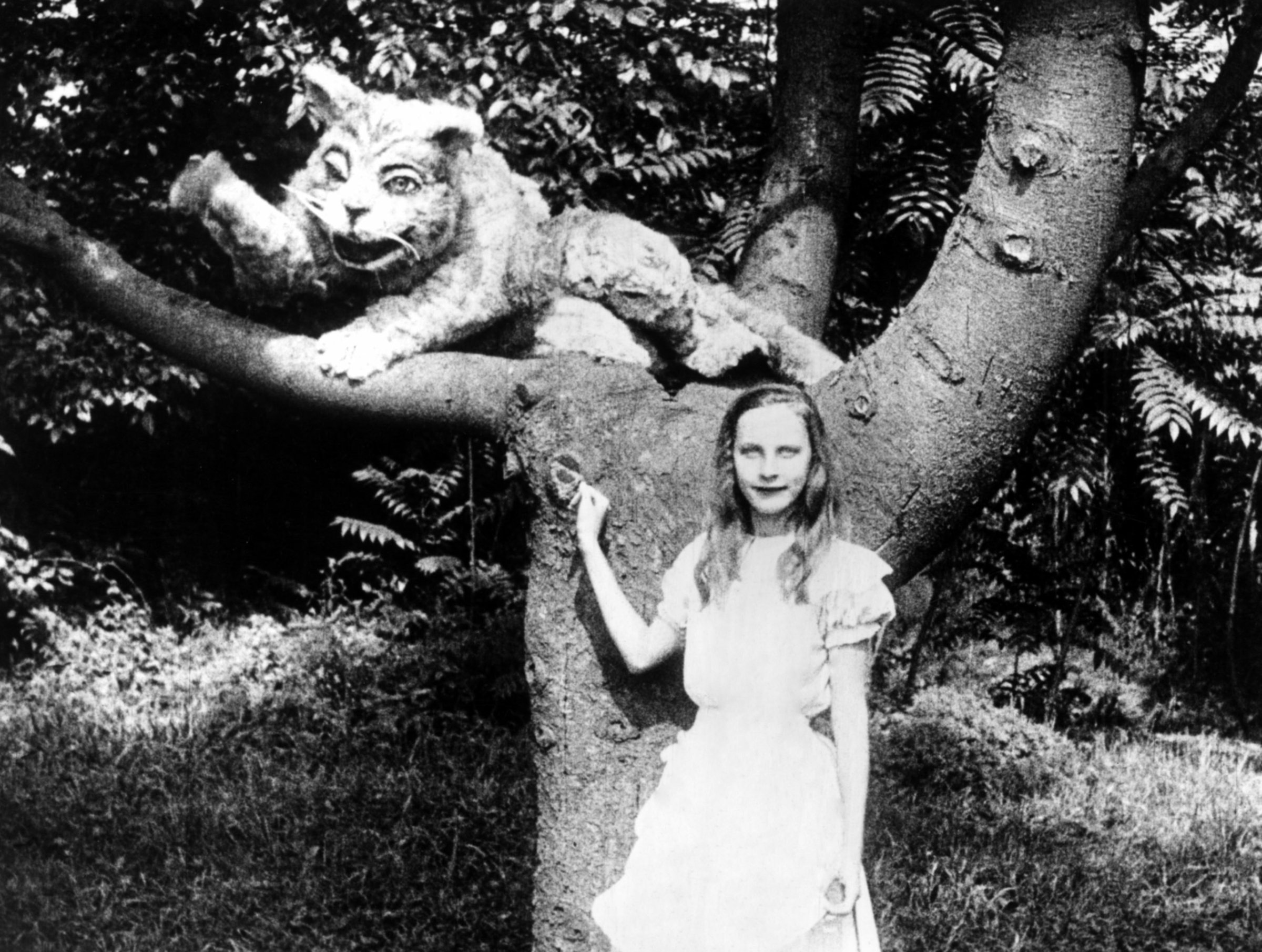
![Rejlander, O. G. (Oscar Gustav), 1813-1875 Carte de visite photograph of Lewis Carroll with lens [1863] AAH 220 lewis carroll](https://api.time.com/wp-content/uploads/2015/06/2-alice-in-wonderland1.jpg?quality=75&w=2400)
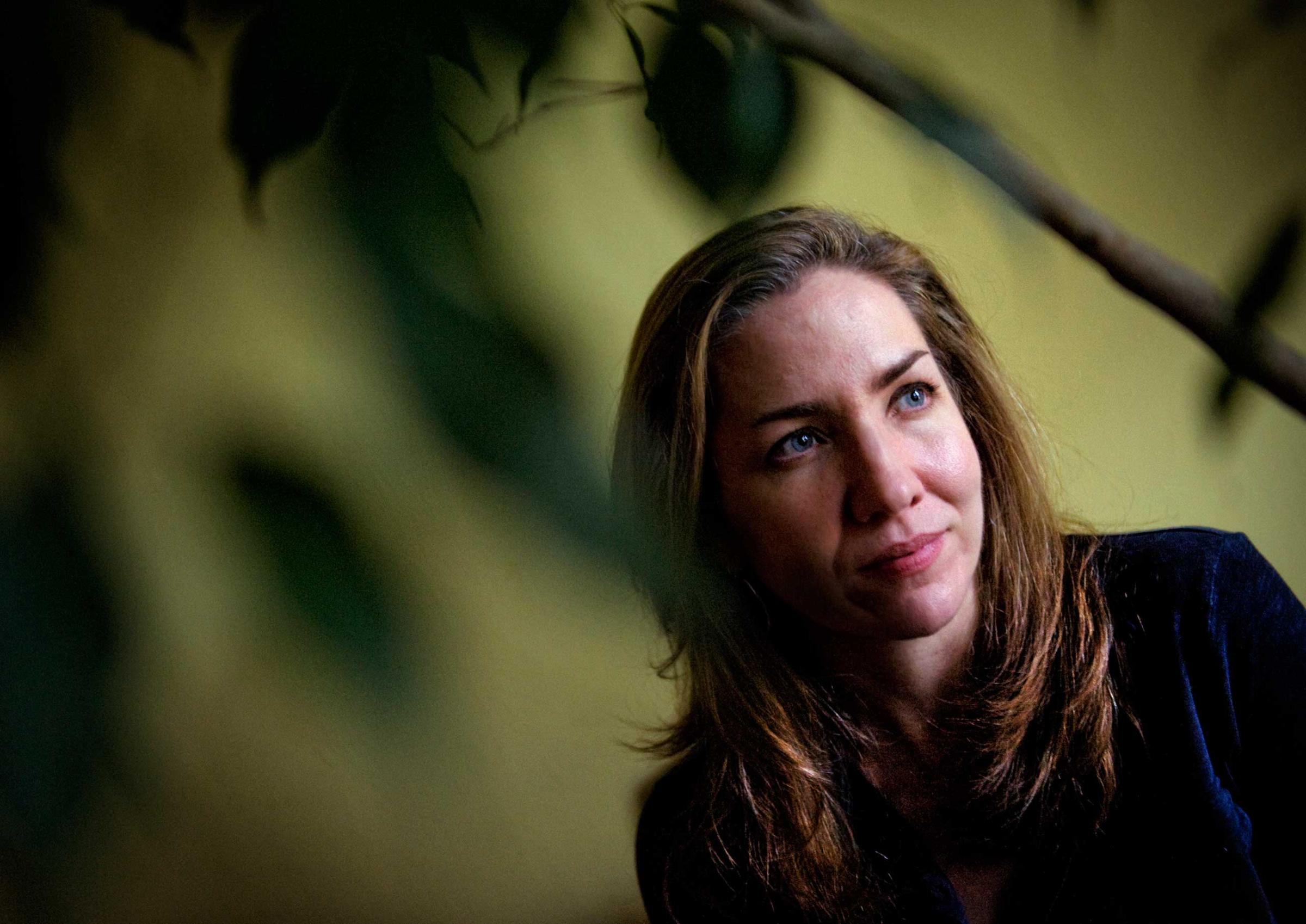
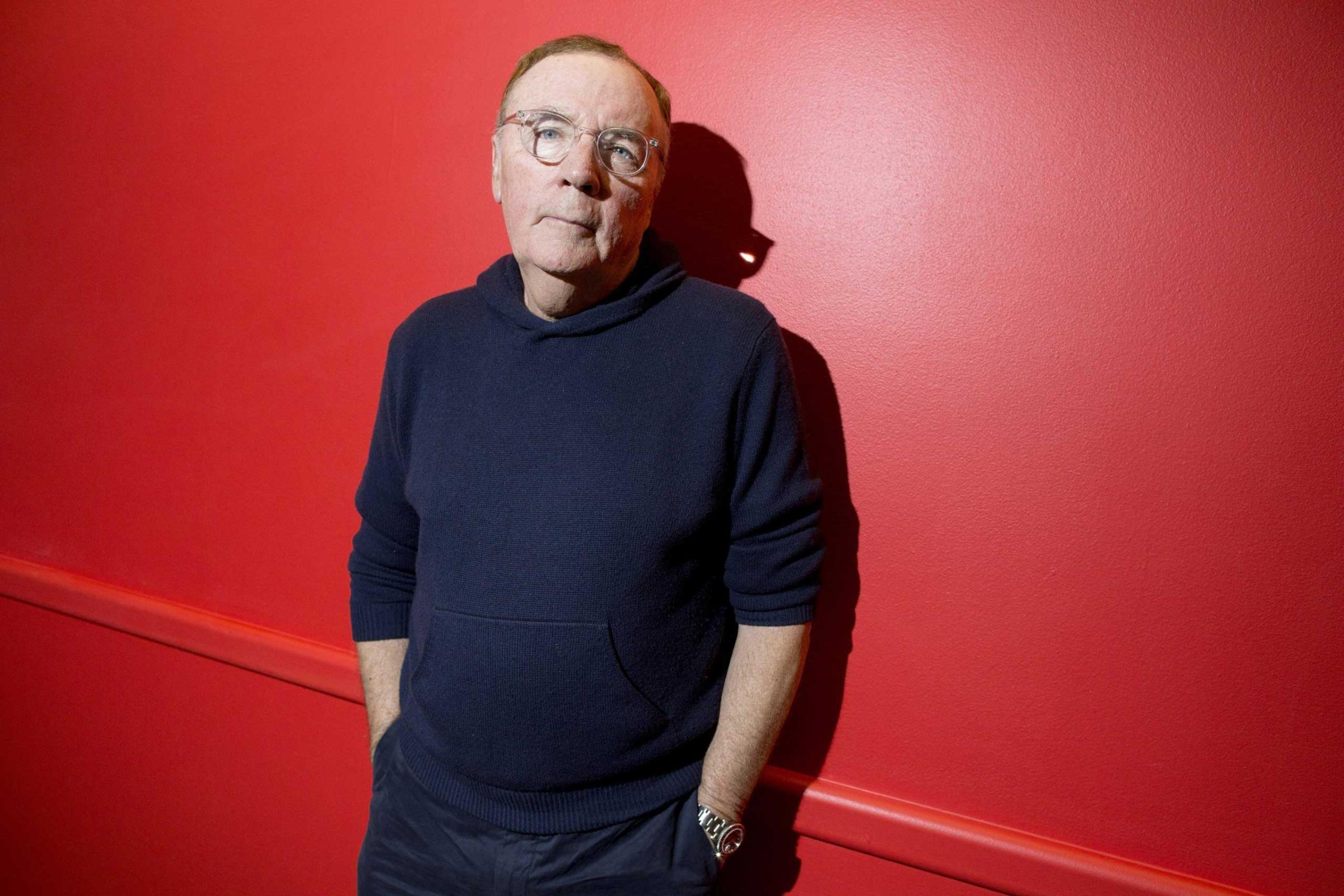

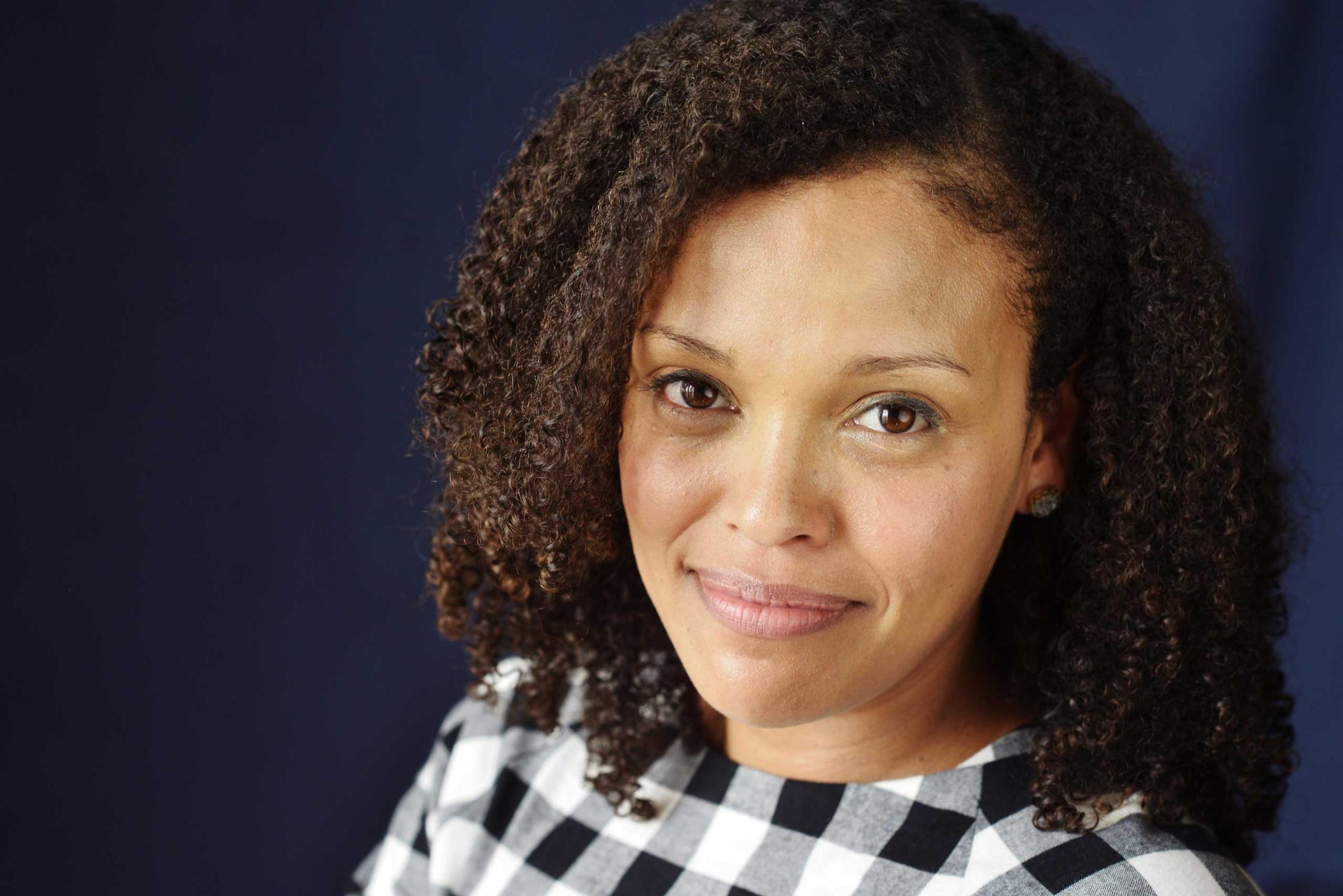
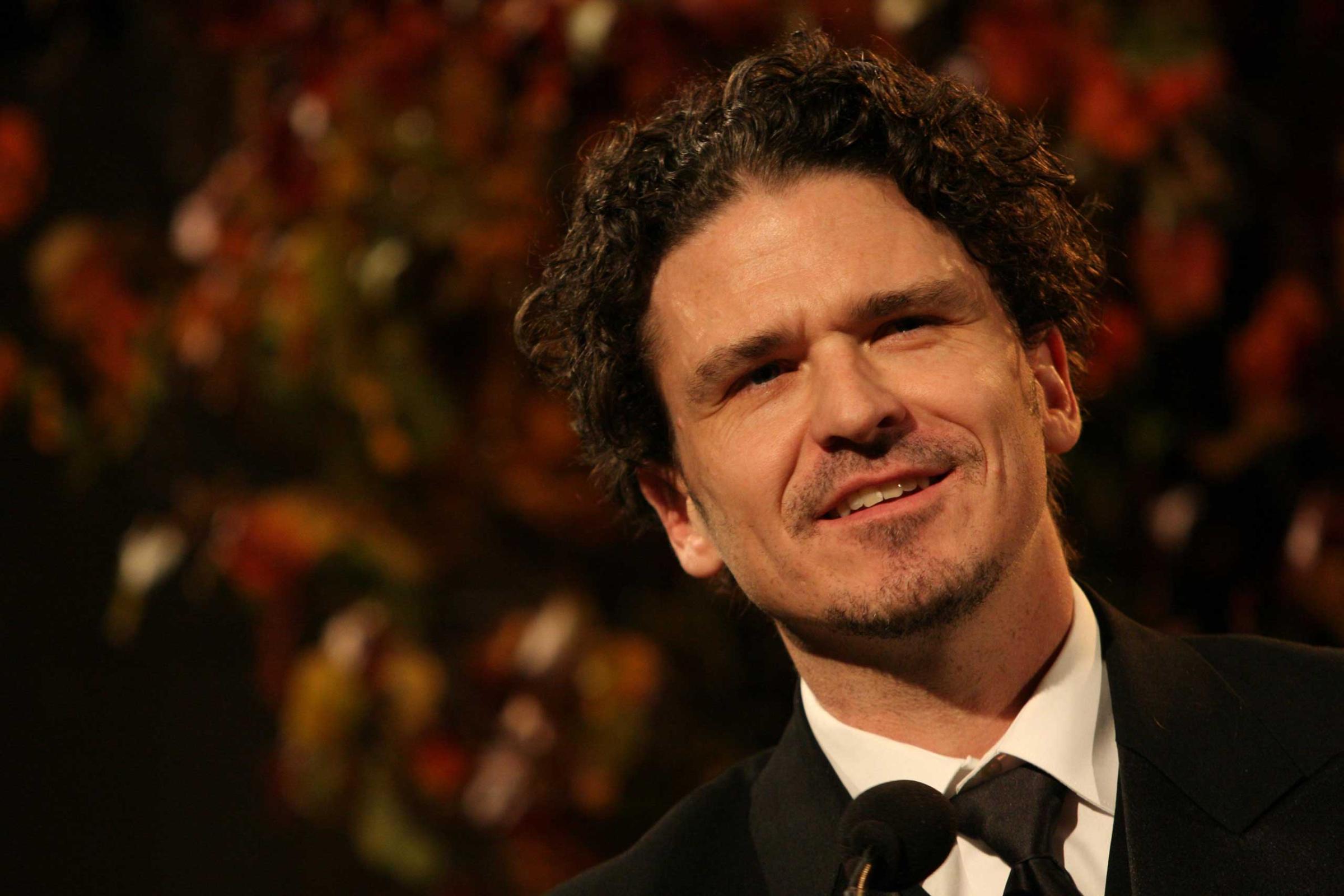
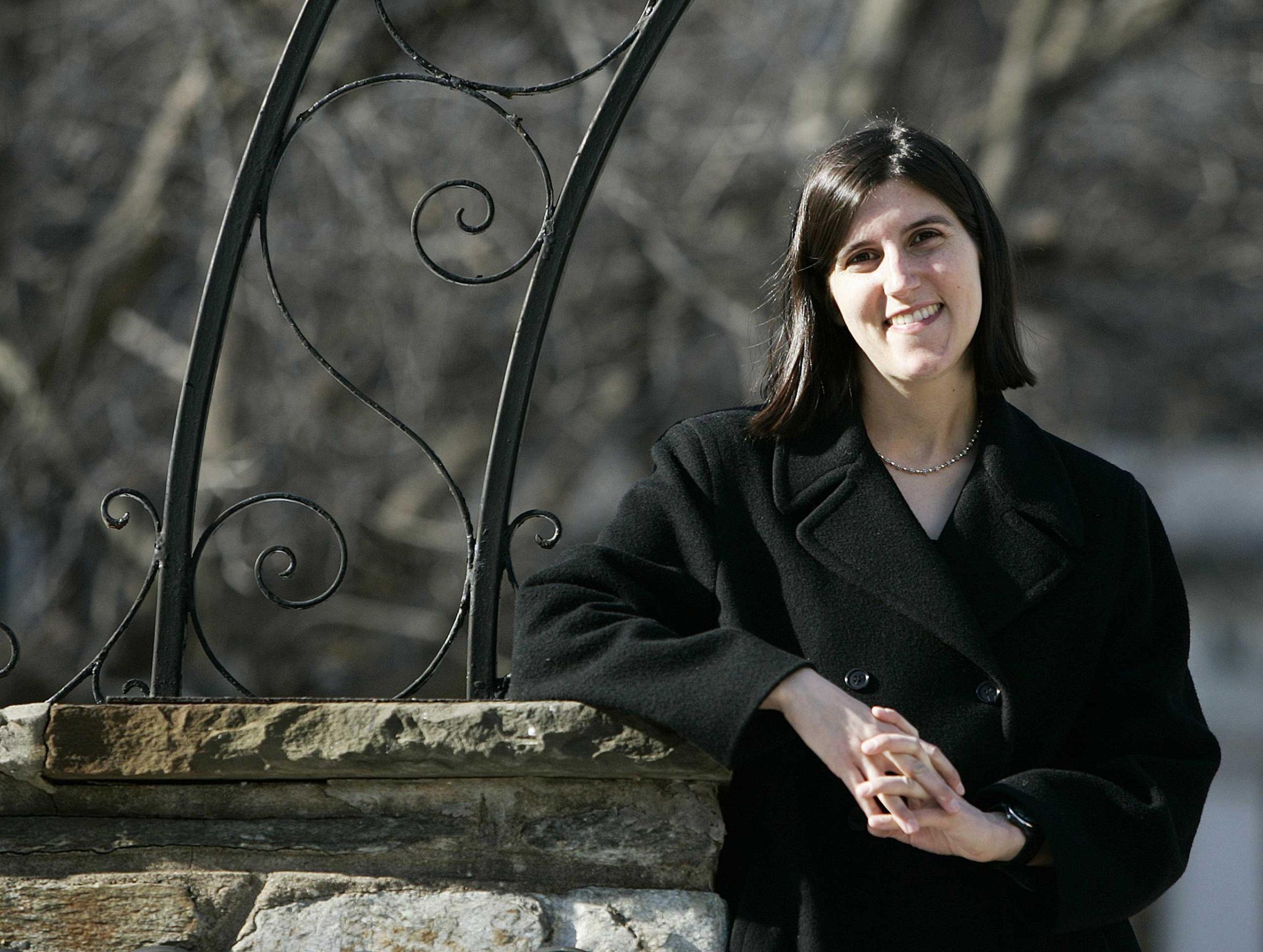
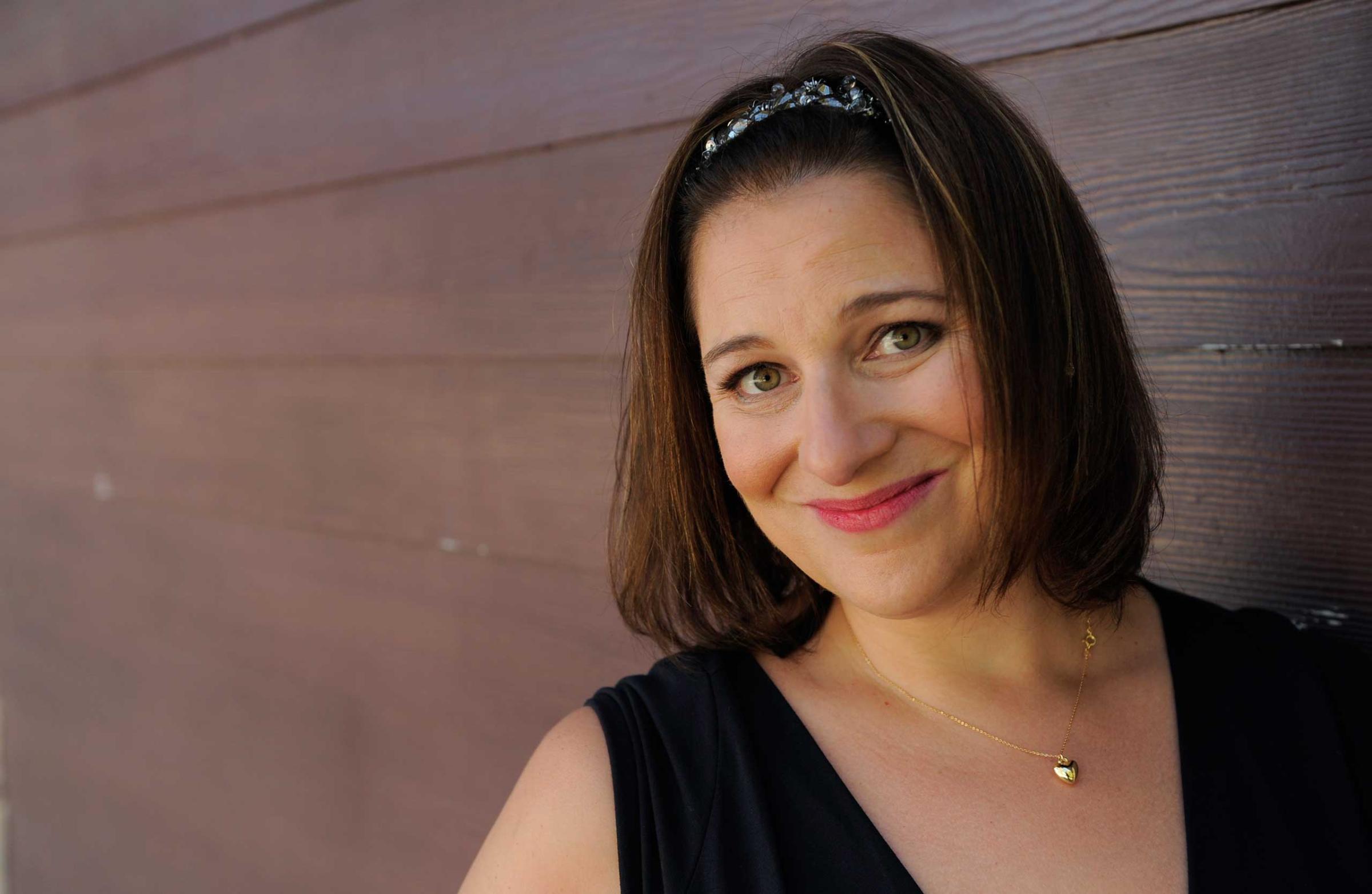


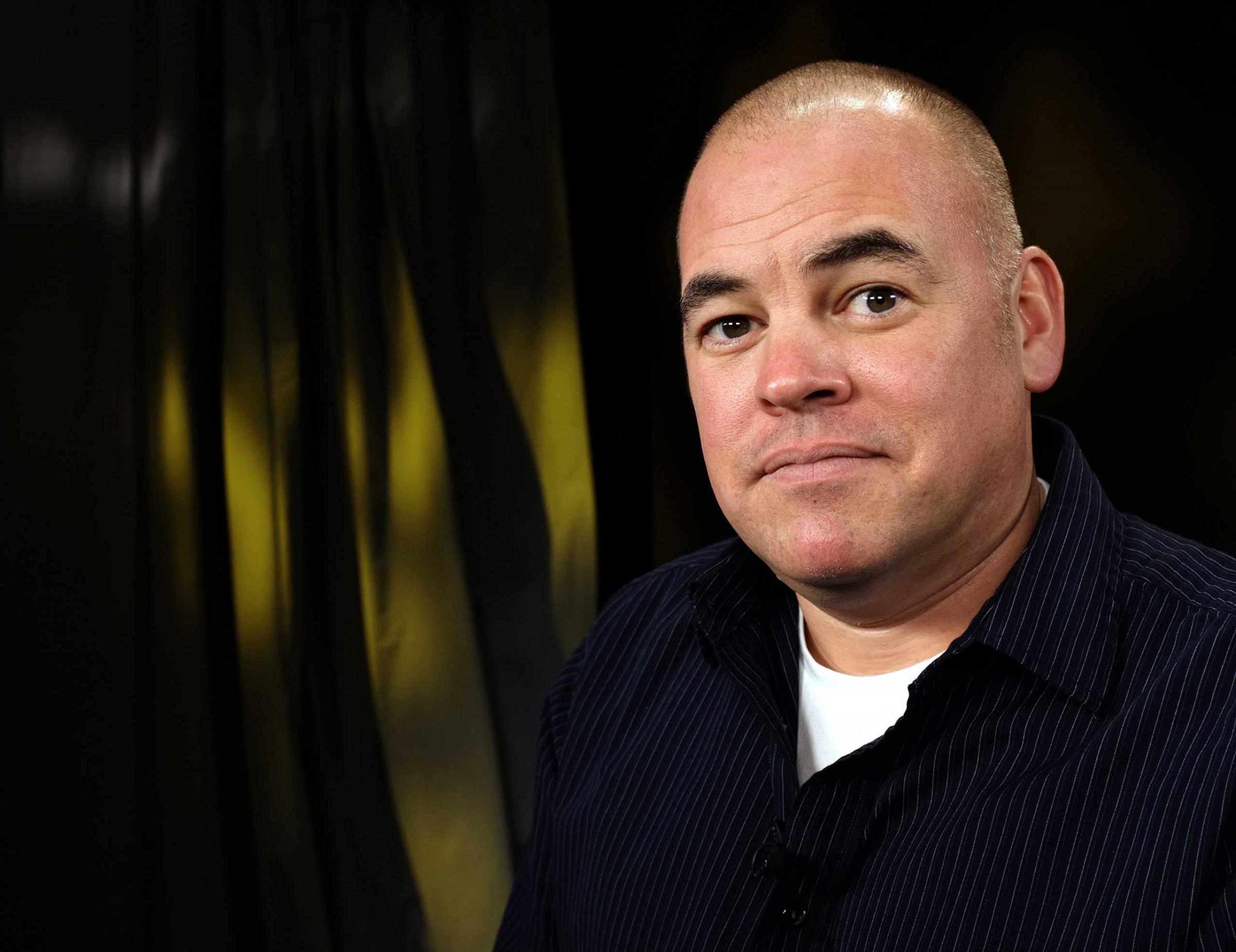


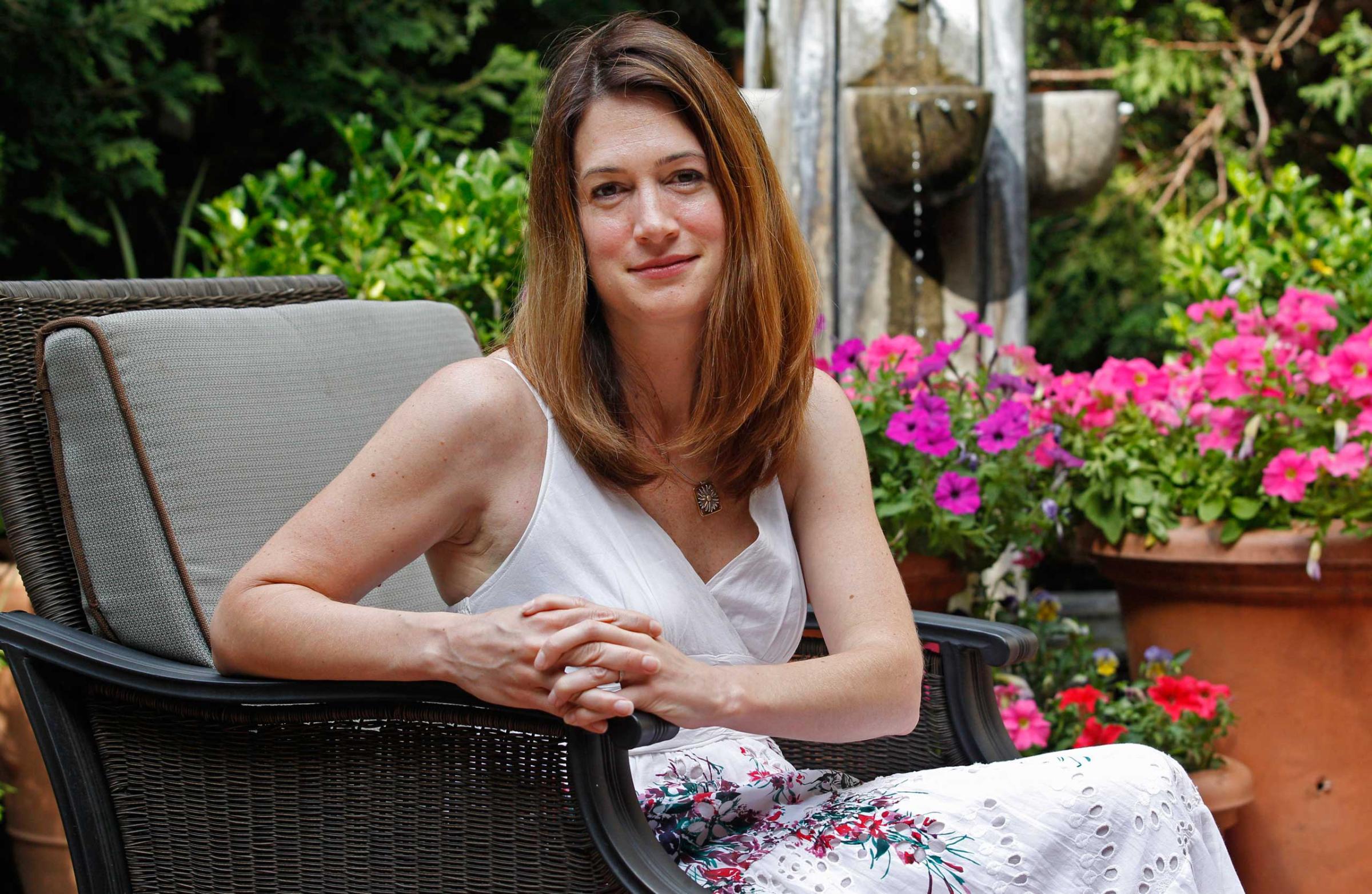
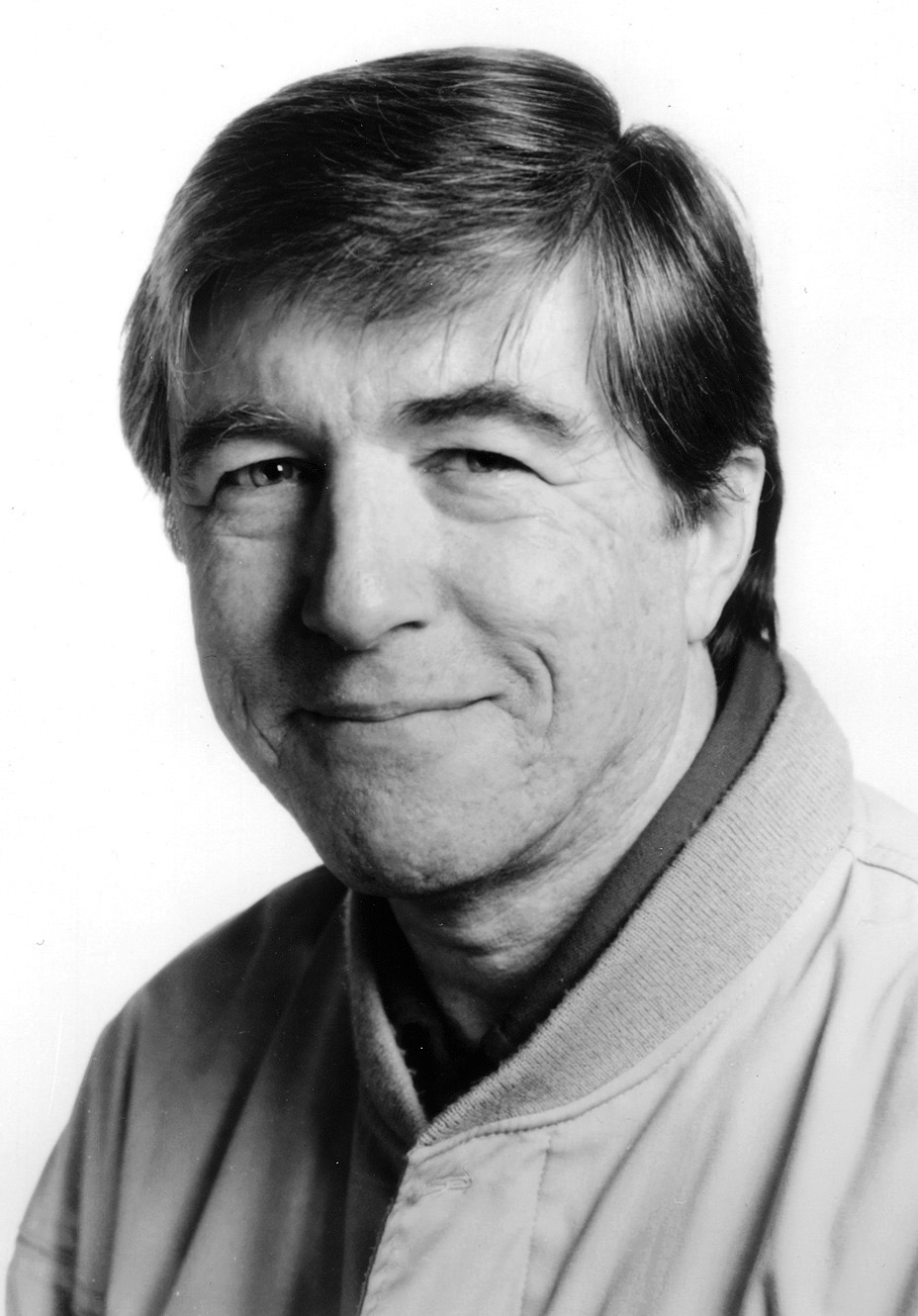
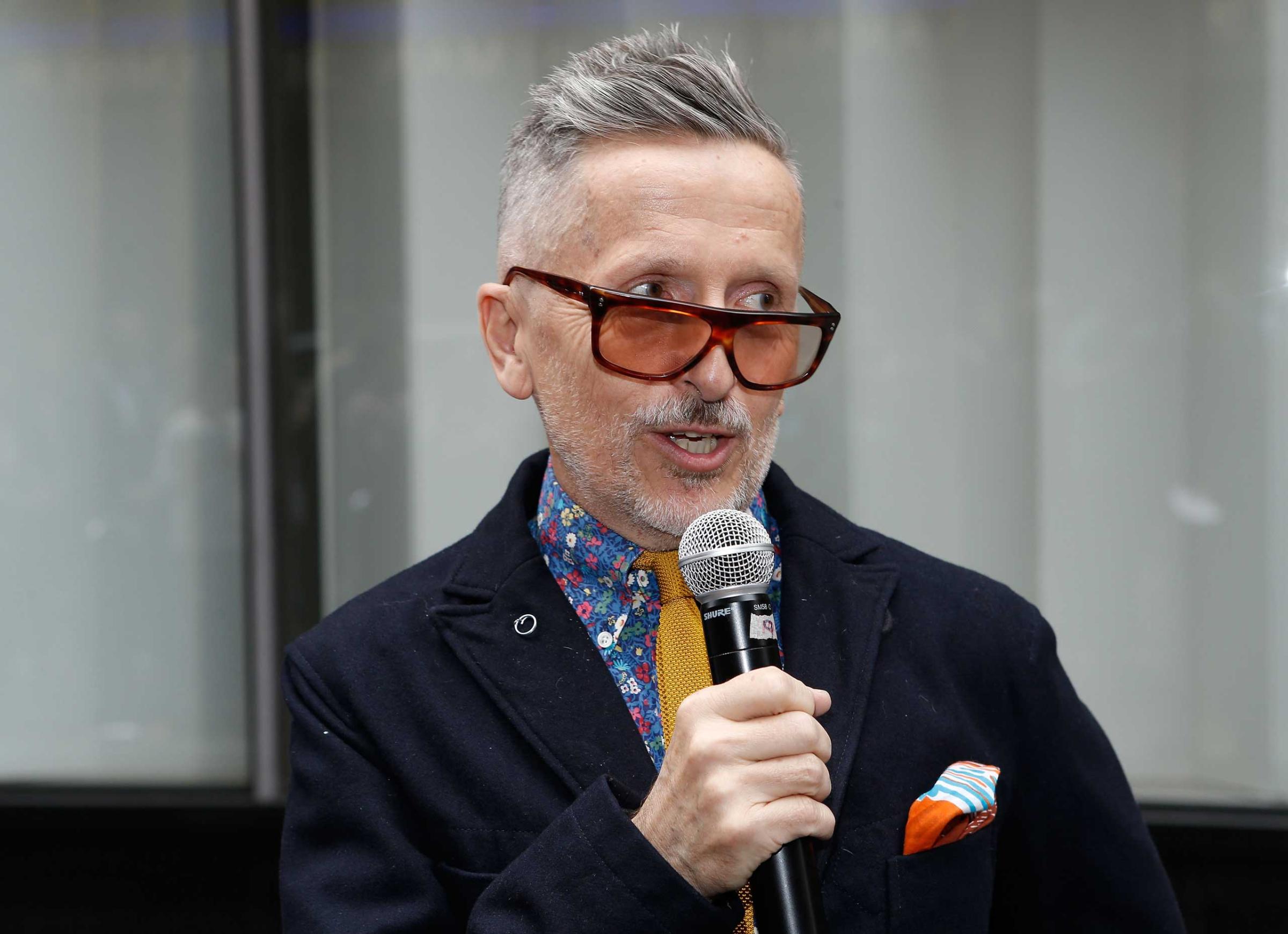
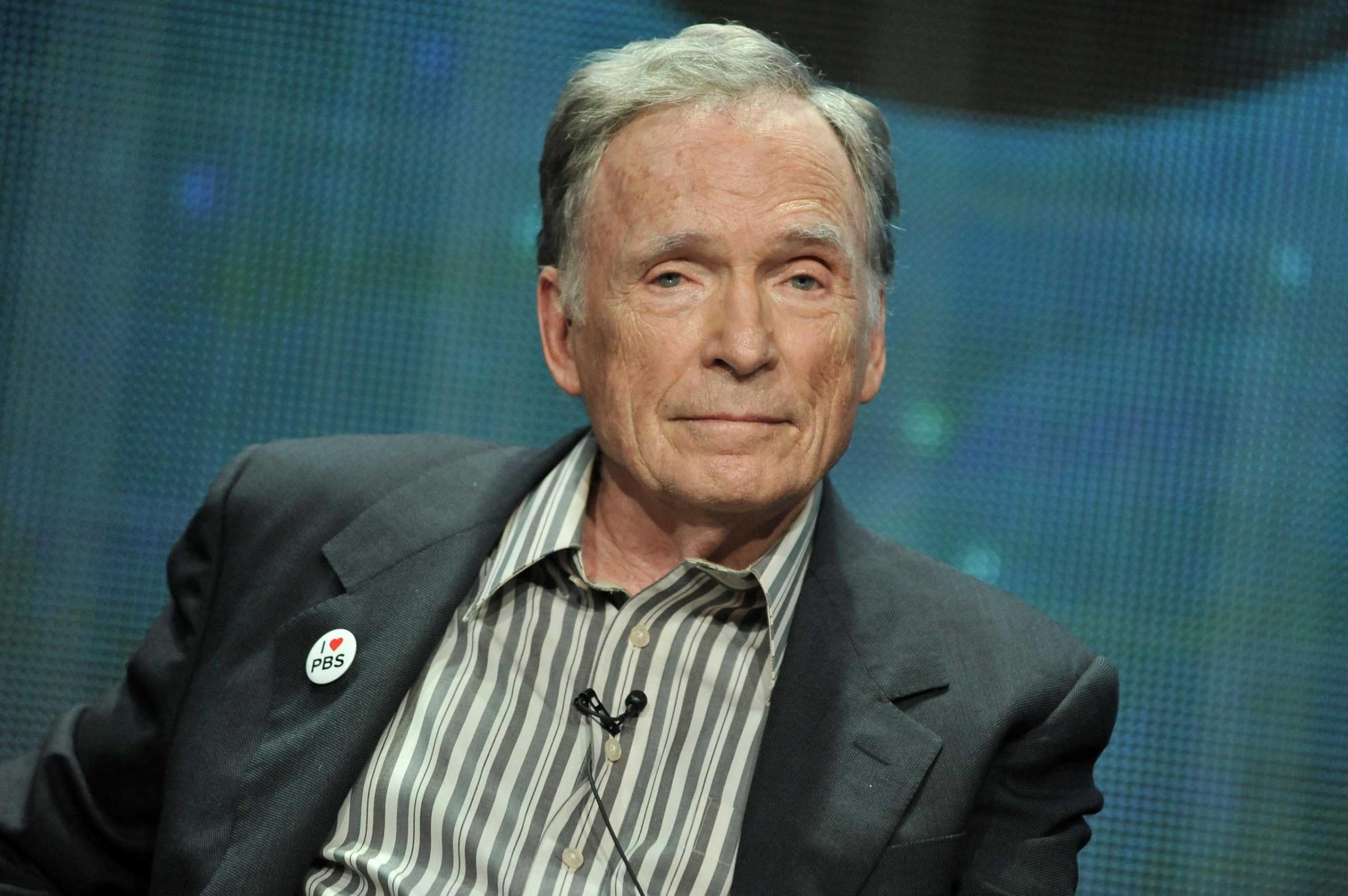
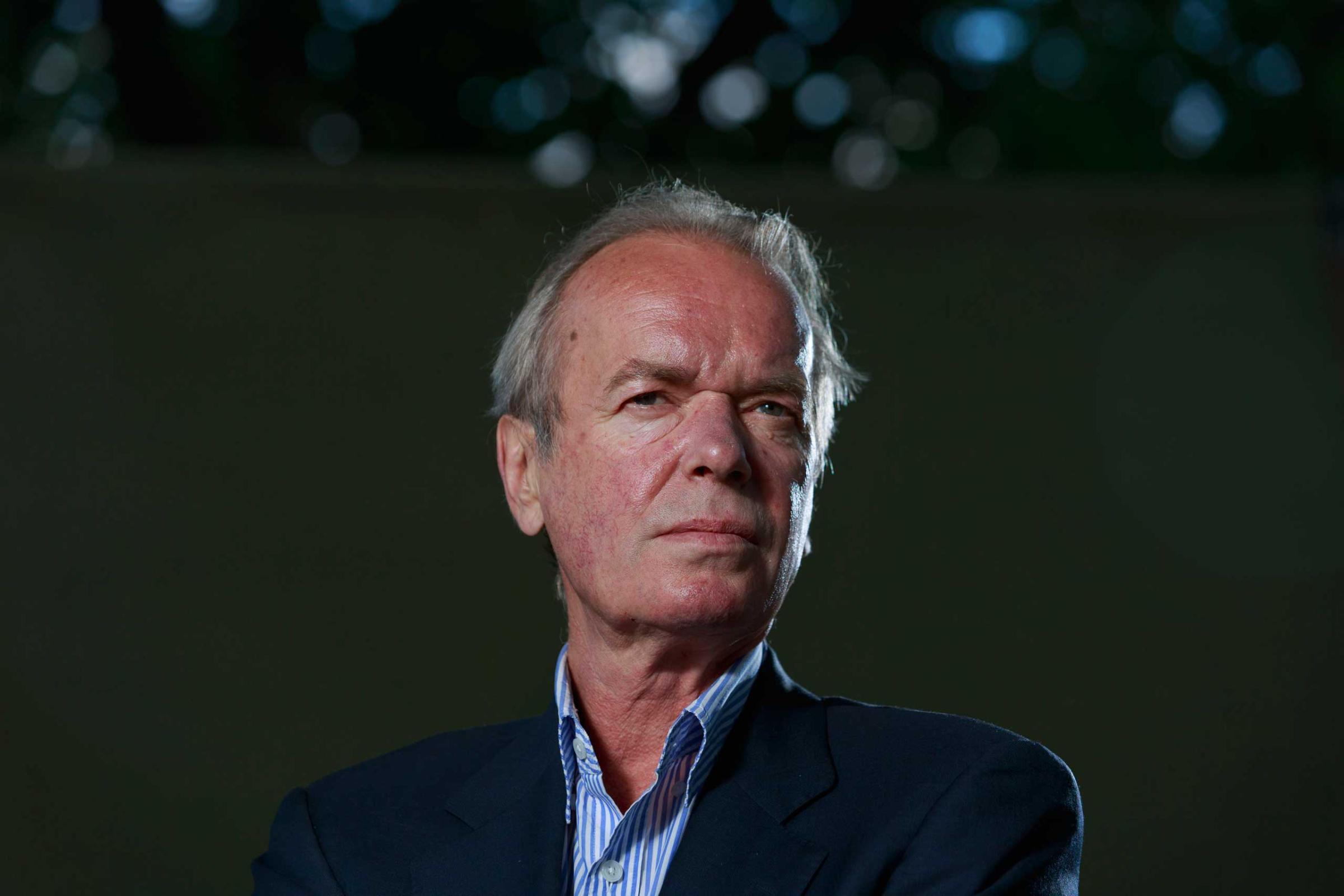

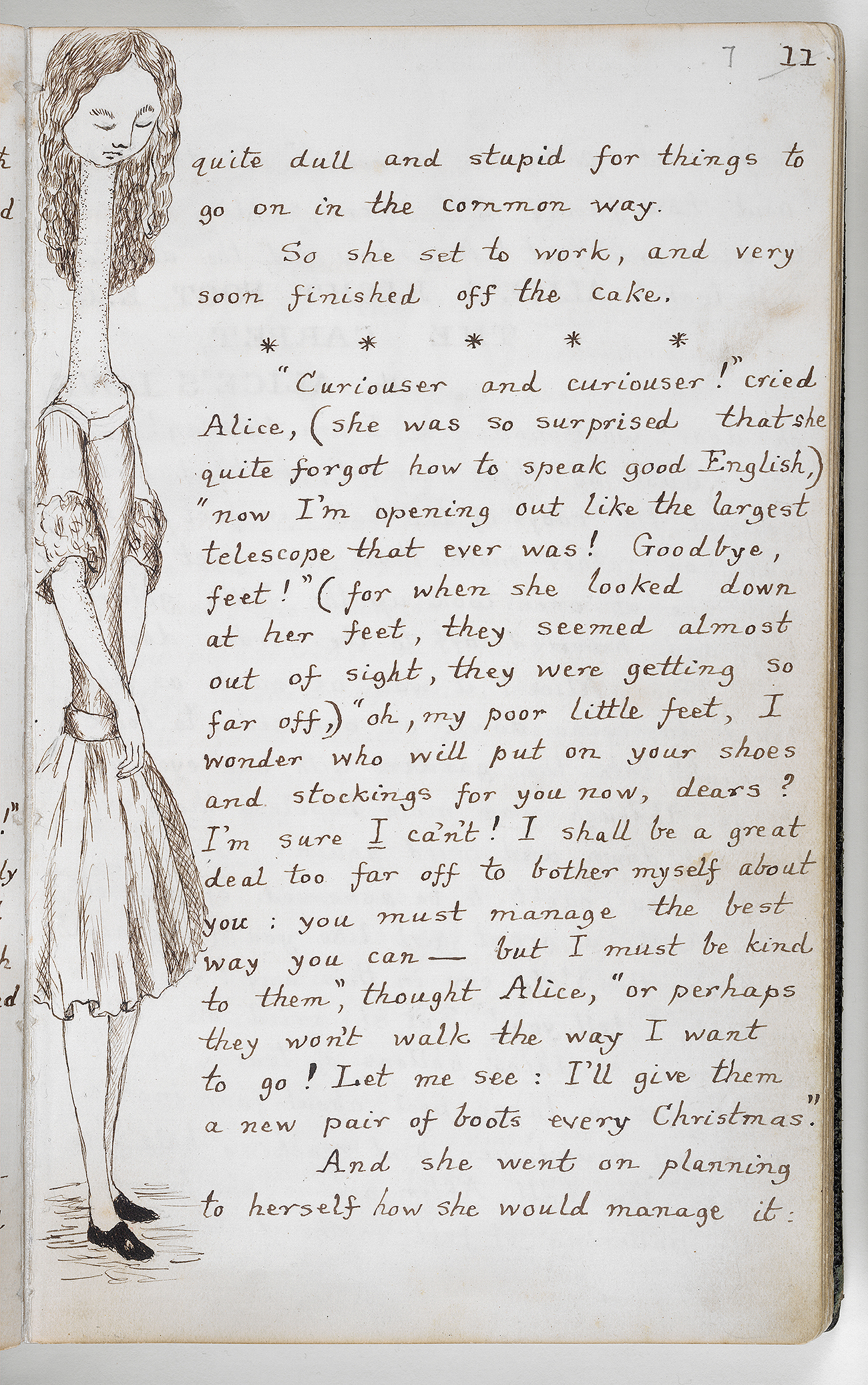
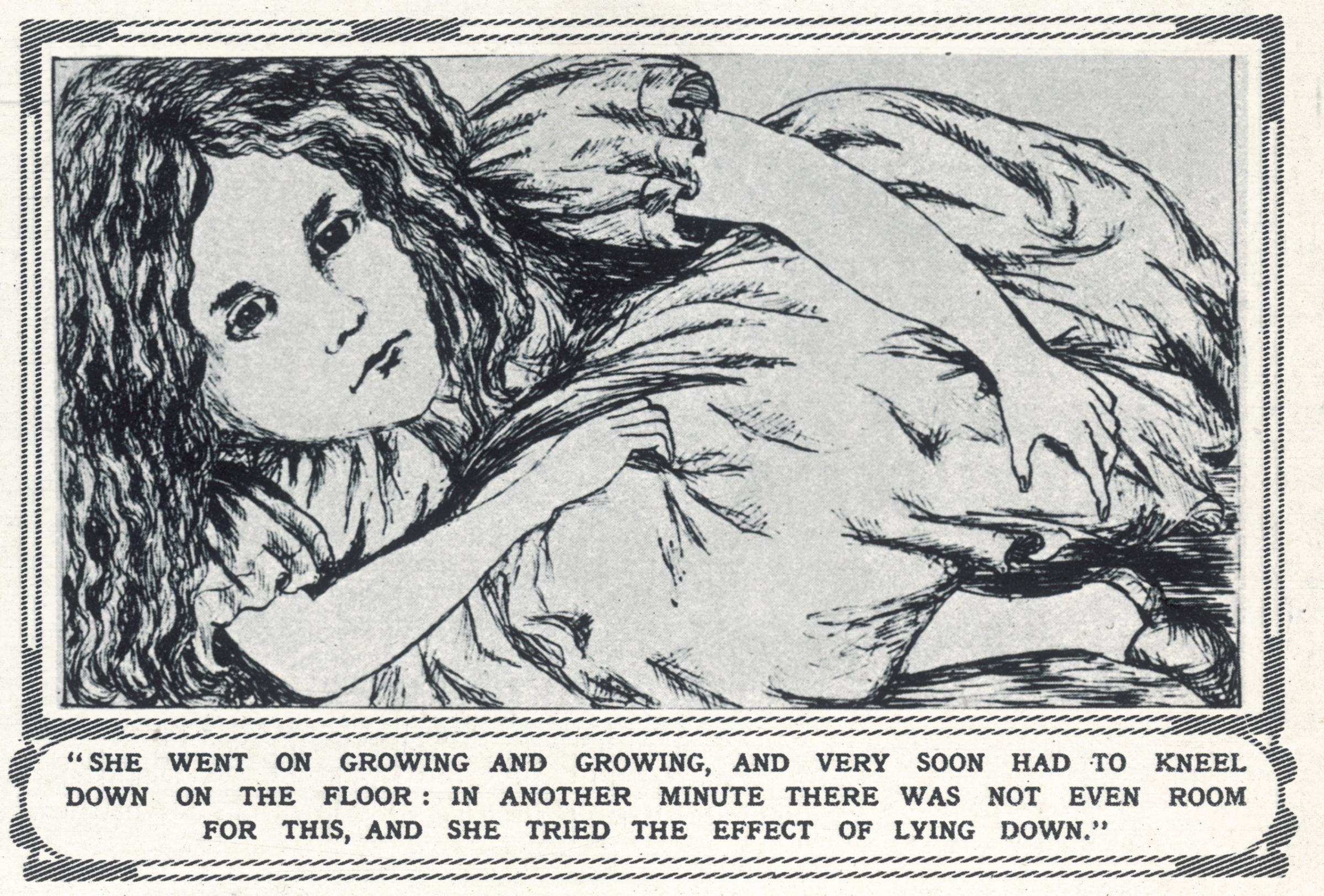
![Tenniel, John, 1820-1914, Shower of Cards [print], 19th century, 1 print, 2005.203 alice and wonderland](https://api.time.com/wp-content/uploads/2015/06/1-alice-in-wonderland1.jpg?quality=75&w=2400)
